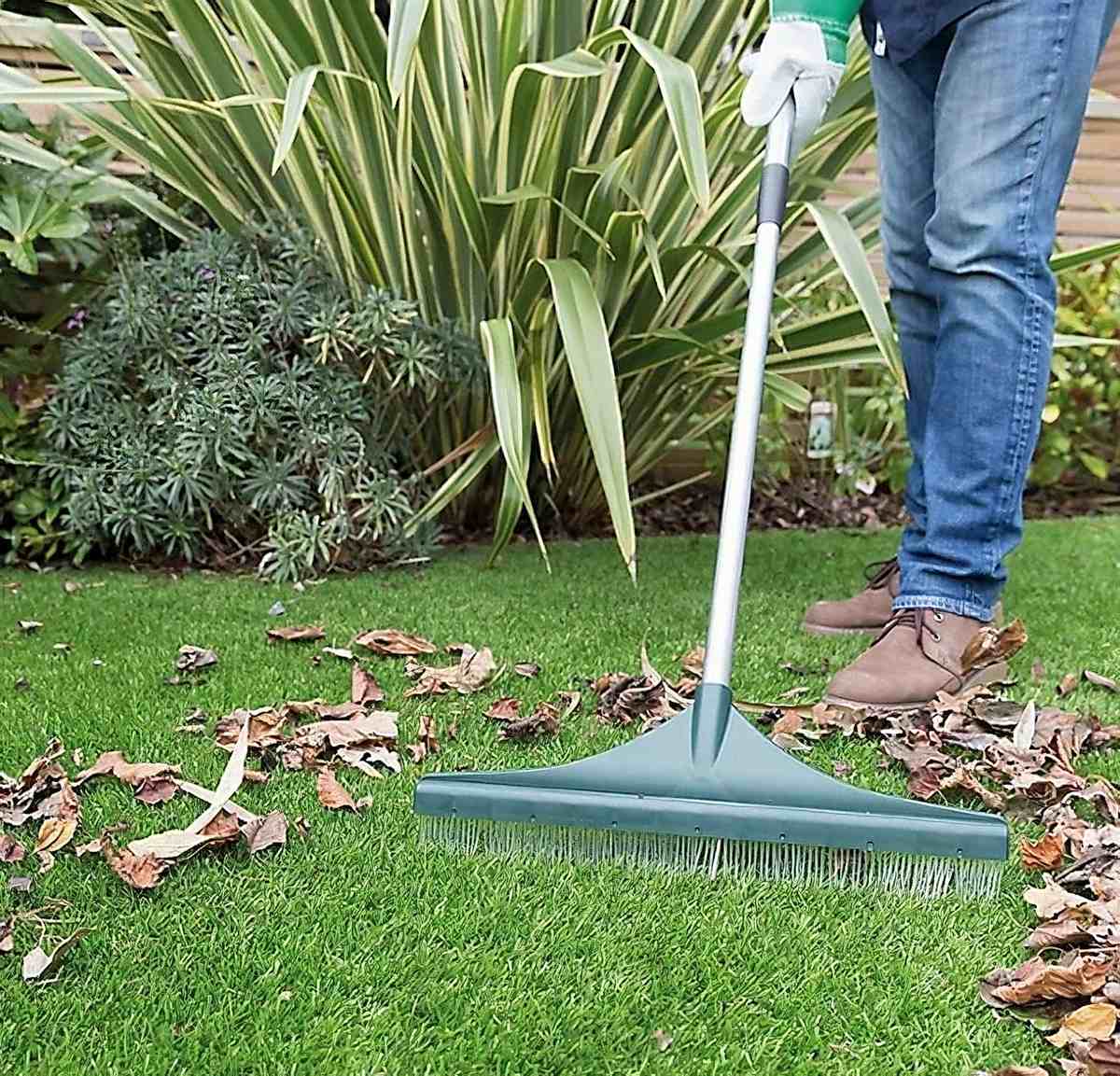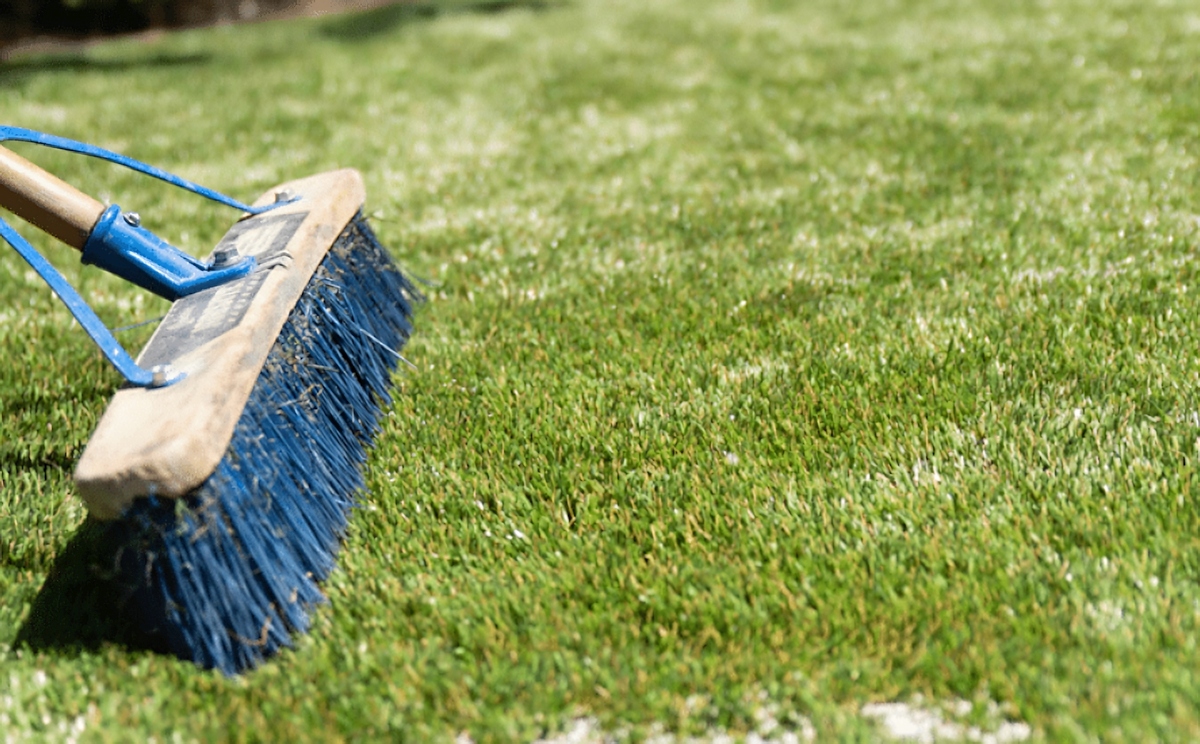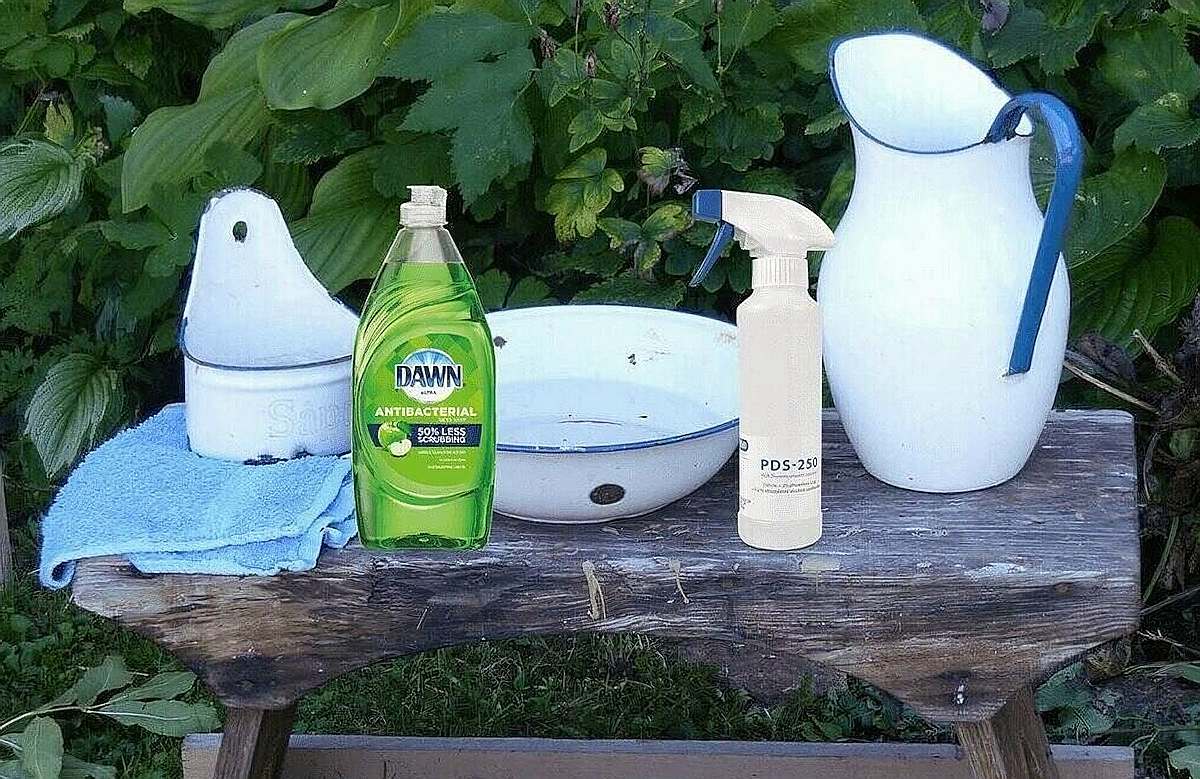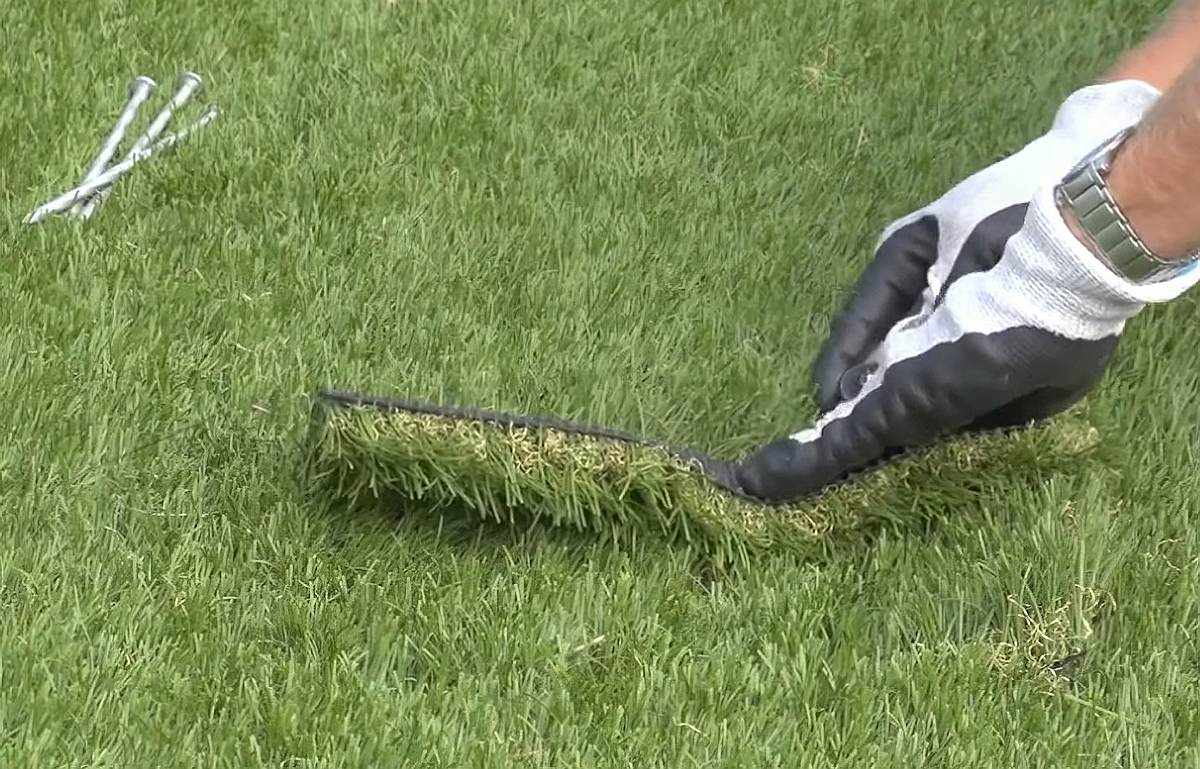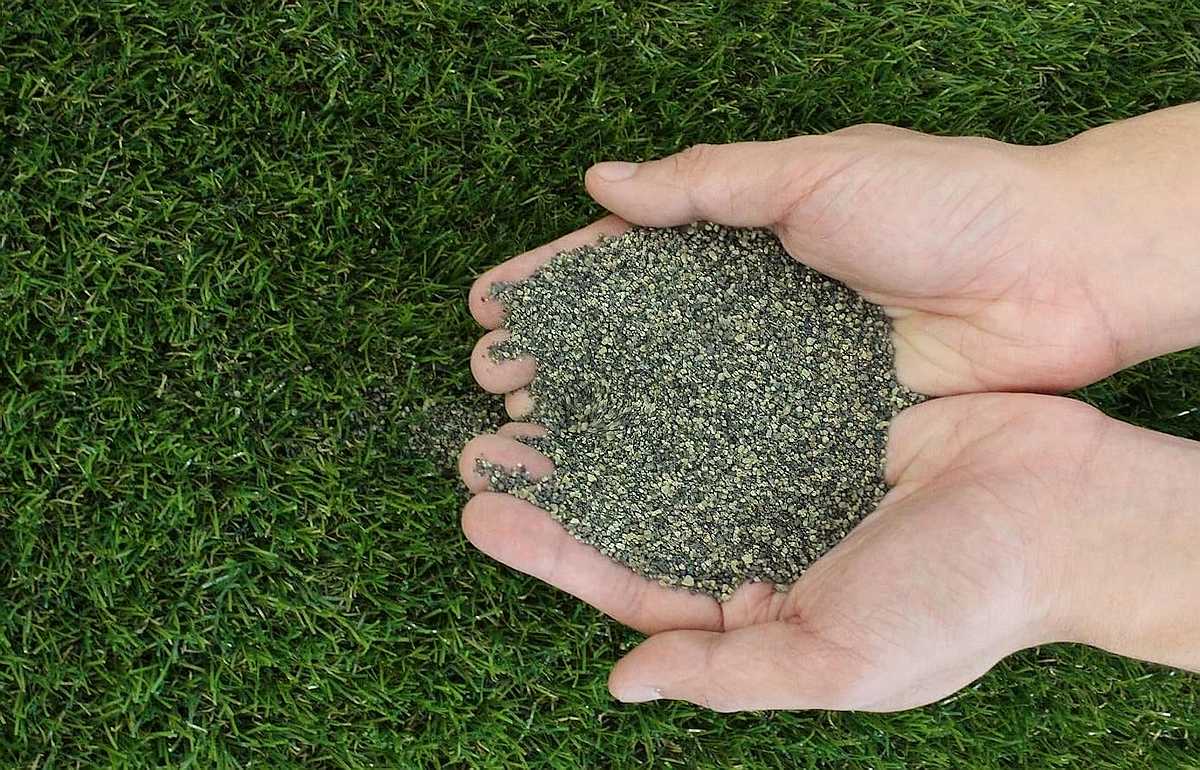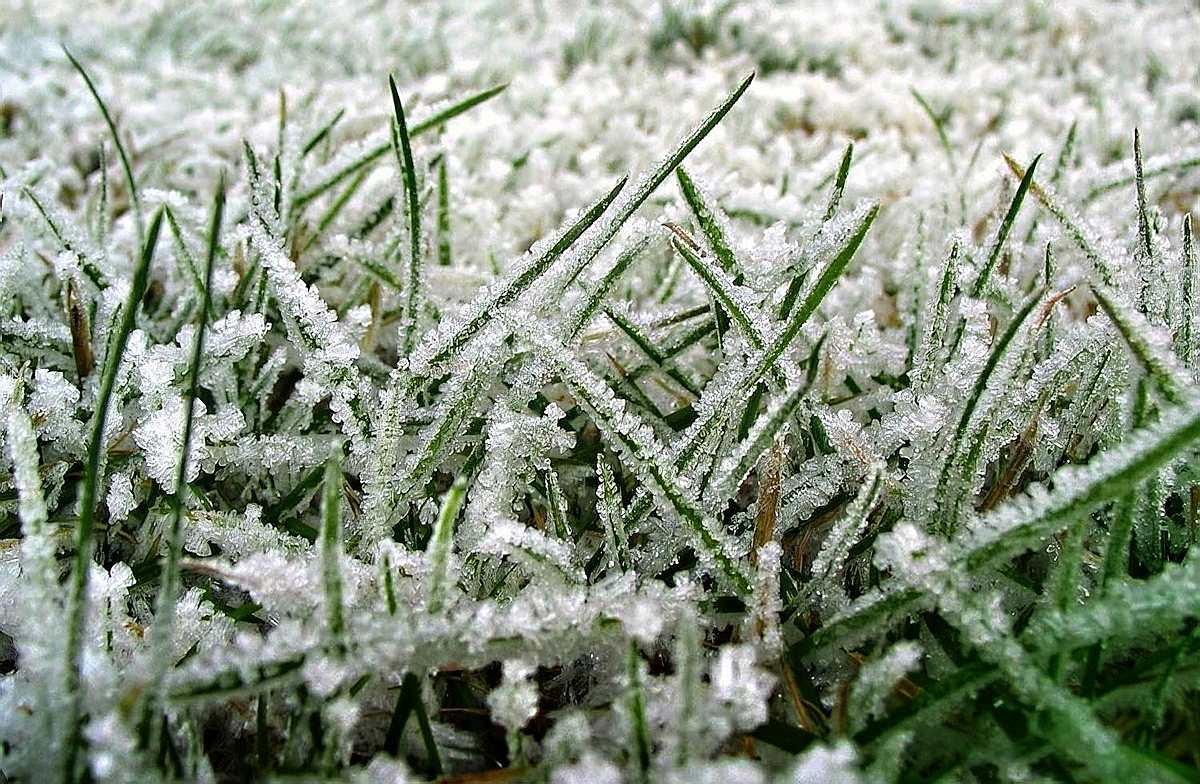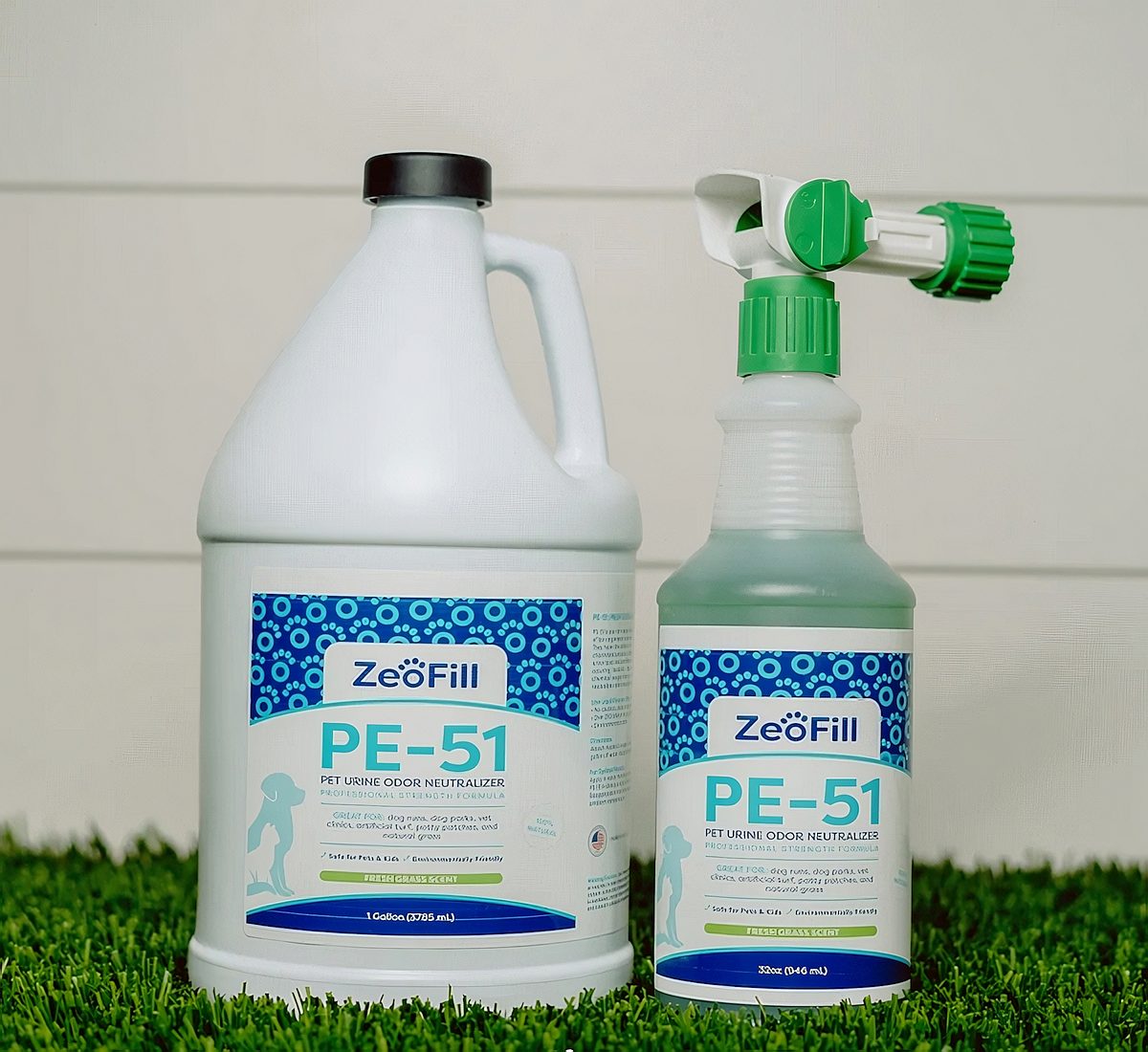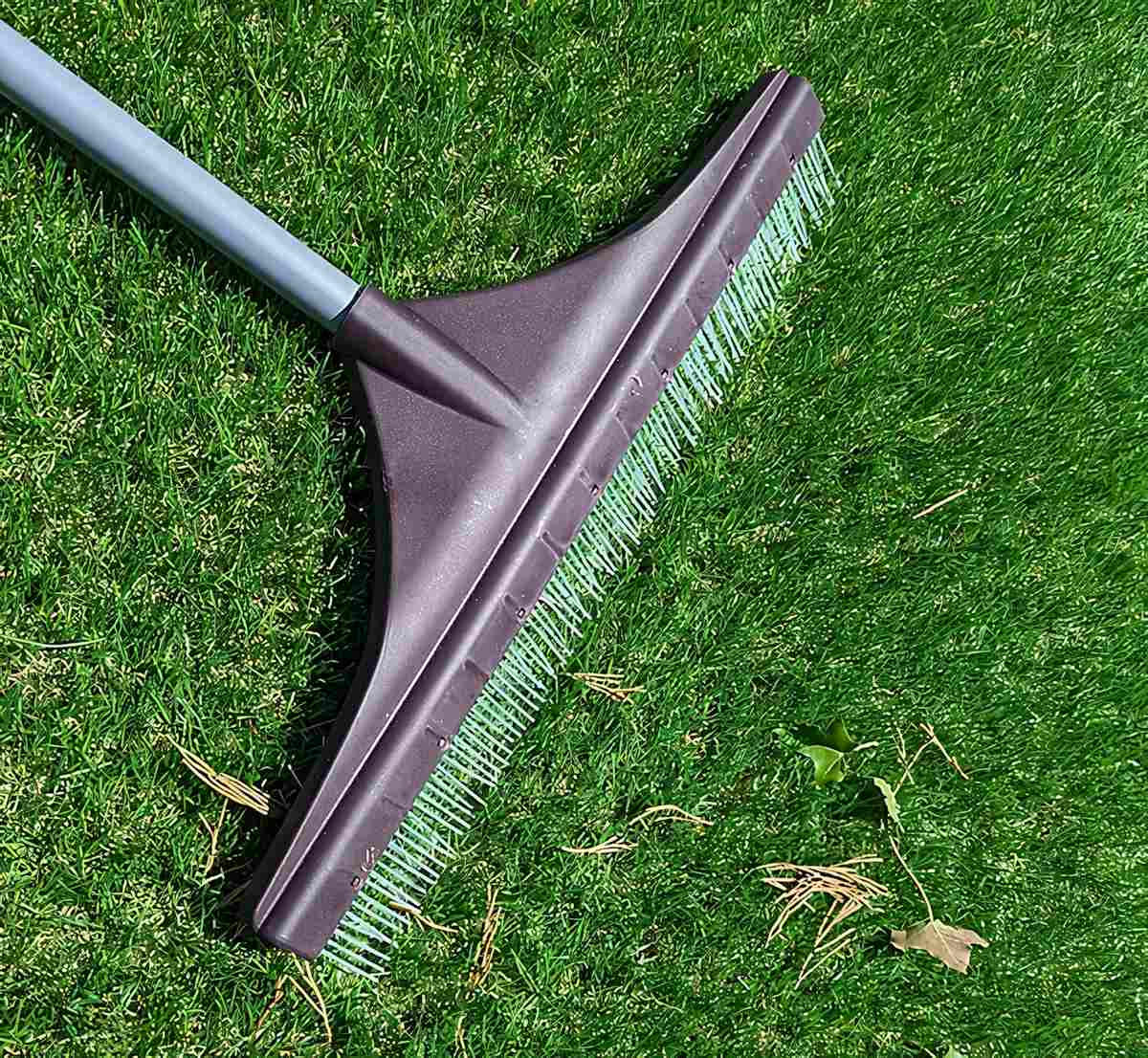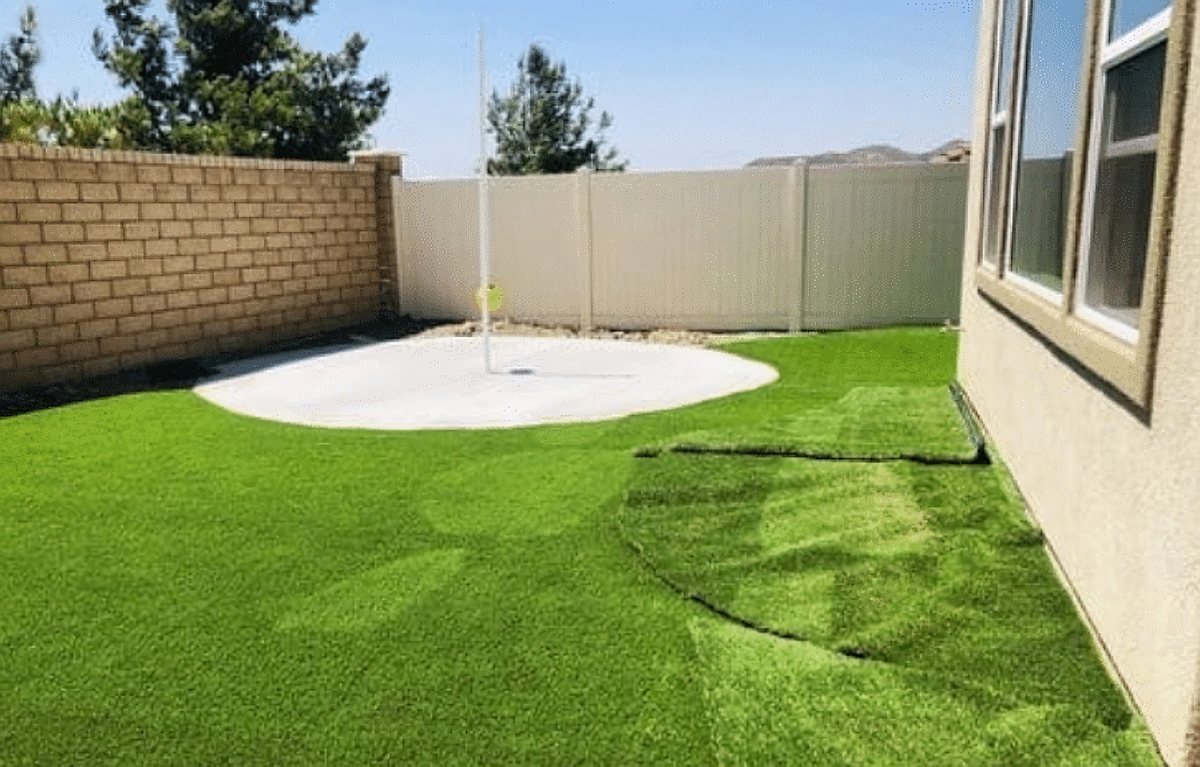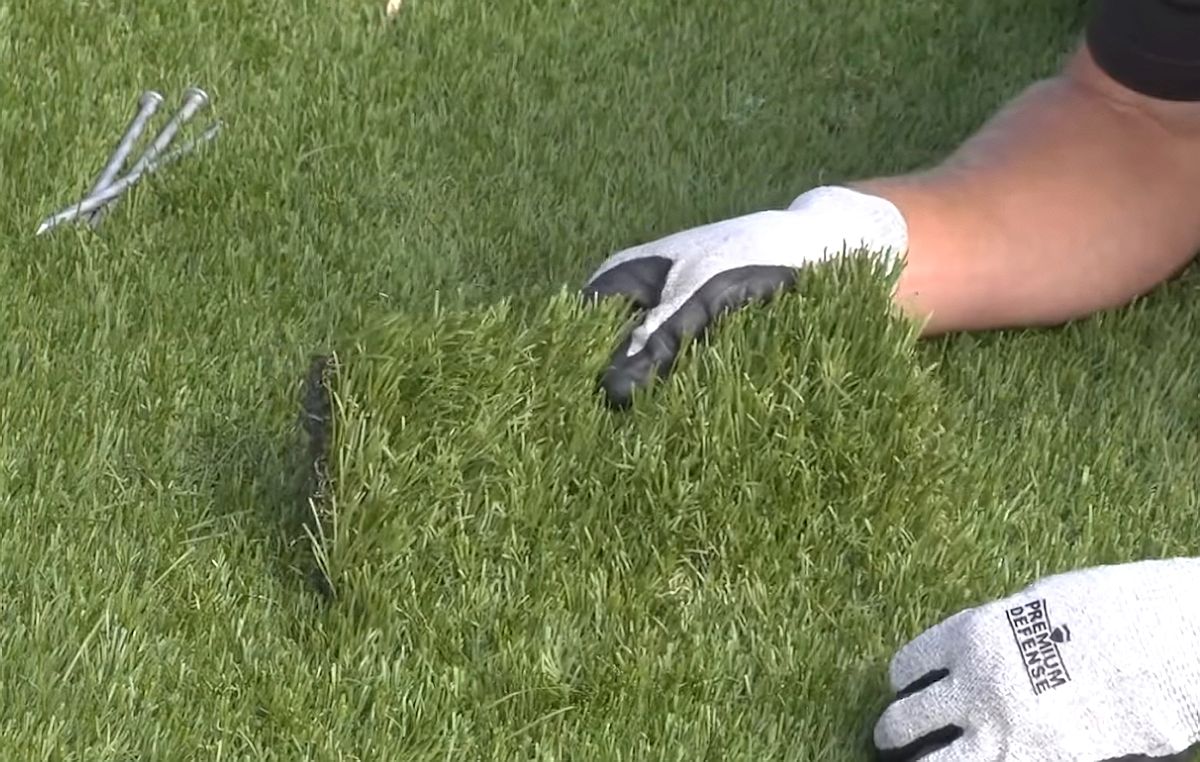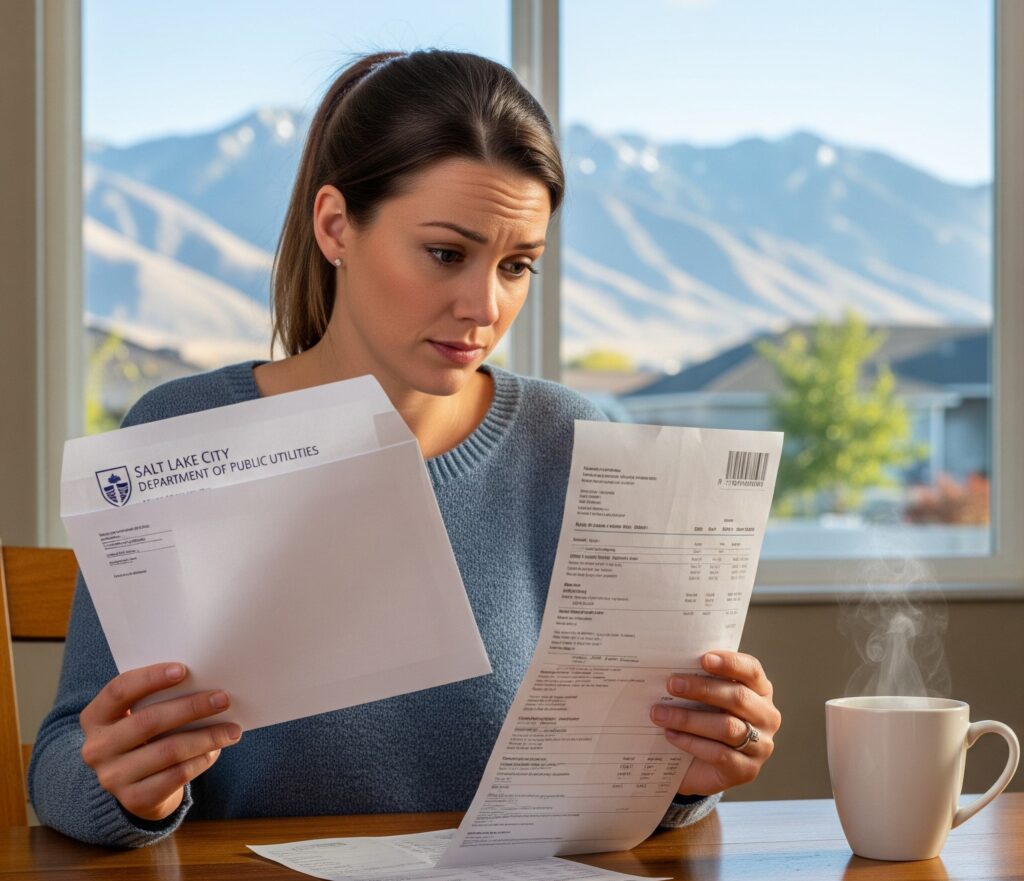Ask 10 homeowners in Utah why they installed artificial grass and the lack of maintenance compared to real grass is likely to rank high on the list of reasons.
It certainly does free up time on weekends!
But low maintenance doesn’t mean no maintenance. Tending to a few basic tasks will keep your artificial grass space looking and performing at peak condition through the years. Much less upkeep than real grass is needed but ignoring turf maintenance can create issues—especially if dogs, messy children, sports lovers or guests frequently use your lawn.
The following seven tips for how to maintain artificial grass—and what NOT to do—will help you enjoy your yard spaces for many years ahead…
WHY IS ARTIFICIAL GRASS MAINTENANCE NECESSARY?
The best artificial grass looks green and healthy for many years even with almost zero maintenance. But a few basic upkeep tasks will help your turf remain in tip-top condition and maximize its lifespan. That’s better for your pocket.
If you select high-quality artificial grass, install it properly, and don’t subject it to too much wear and tear, the main difference between a patch of artificial grass that lasts for eight years and one that lasts 20-25 years is likely to be maintenance.
You’ll never need to cut, fertilize, aerate or treat your artificial grass with pesticides or herbicides—and grass stains on clothing will be consigned to the past—but a little light grooming goes a long way with synthetic grass.
So, how do you maintain artificial grass? Let’s get into the tips…
GET A FREE ARTIFICIAL GRASS ESTIMATE IN UTAH
If you’re in Salt Lake City or the surrounding areas, the experienced team at Rocky Mountain Turf will break down the costs for you in a free estimate. Contact us here.
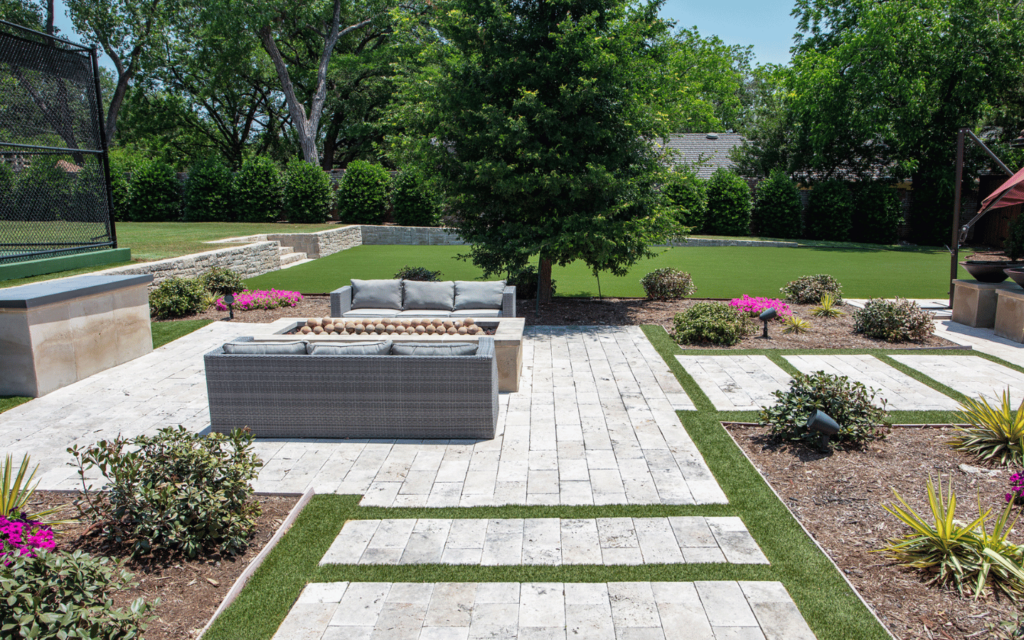
HOW TO MAINTAIN ARTIFICIAL GRASS
It won’t take hours out of your weekends but the following maintenance tips might take a few minutes of time and effort every month or few months.
1. Regular inspection and debris clearance
A regular inspection and clearance of any obvious debris should be the least you do to protect your artificial grass and extend its lifespan—especially after a storm or in the fall when leaves are flying around.
Leaves, twigs, soil, and other organic matter can attract insects and pests—which also trap bacteria. Other debris from picnics, barbecues or food left on the lawn should be promptly removed to maintain hygiene, prevent smells, and avoid artificial grass drainage problems.
You can use a leaf blower or plastic rake if the debris is not collectible by hand.
PRO TIP: Prevent debris from straying onto your lawn by regularly trimming hedges and cutting back overhanging trees.
2. Cross-brush artificial grass every few months
Artificial grass needs no cutting or mowing but you’ll find that cross-brushing it (brushing against the direction of the blades) helps maintain a fine appearance and cushioned feel over time.
The infill used in professional artificial grass installations helps keep the turf blades upright but, over time, the blades may become downtrodden and flattened. Cross-brushing will fix that and perk up the turf area. Once every couple of months is usually enough—more often for heavily used areas.
PRO TIP: Use a brush with medium-strength plastic bristles for cross-brushing. Never use a metal bristled brush or you may damage the turf.
3. Occasionally hose down your turf
Artificial turf rarely needs watering. That’s one of its main benefits in drought-stricken areas of Utah. The Synthetic Turf Council estimates that an artificial grass lawn of 1,800 square feet can save 99,000 gallons of water per year.
The only reason to water artificial grass is to clean the dust and finer debris like pollen and seeds from it occasionally. This uses just one-tenth of the water needed to irrigate natural grass.
PRO TIP: Rinse your artificial turf monthly with the garden hose in dry months to clear finer debris, prevent bacteria from forming, and keep it looking immaculate.
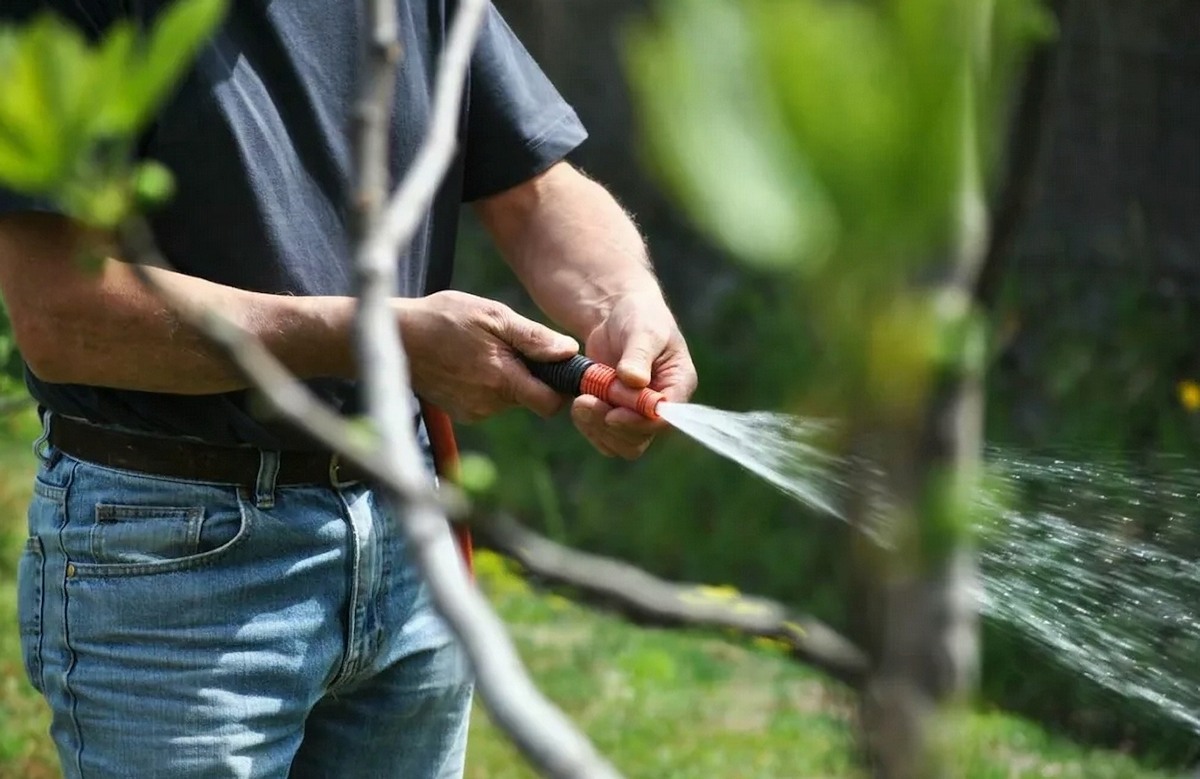
4. Clean up stains or spills promptly
Don’t leave food, drink or other common spills or stains to sit on your artificial lawn and gather bacteria.
Many homeowners use their backyard lawns for picnics, barbecues, and general entertaining. Kids often use it as a backyard play area. This inevitably leads to spills and stains that aren’t removed naturally like when a real grass lawn is cut or watered.
Take prompt action by removing food debris, blotting up spills with kitchen paper, and scrubbing away stains with soapy water—a mild household detergent and sponge will do the job, with a quick rinse afterward.
PRO TIP: More stubborn stains like motor oil, crayon, pen ink, etc. can usually be removed with a three-percent solution of ammonia in water before rinsing with clean water—or with mineral spirits. If that doesn’t work or you have tree sap or gum stuck to the surface, seek professional cleaning assistance (refrigerants may be used).
5. Repair small rips and tears before they “grow”
Small rips and tears should be very rare in high-quality turf but if boisterous children, pets or sports are features of your backyard, rips are possible. Lower-quality turf damages more easily than the best artificial grass.
If you repair small rips promptly and professionally, they should cause very few problems. Neglecting them can cause larger tears that end up requiring major repairs or even a costly replacement.
PRO TIP: If your artificial grass was professionally installed by Rocky Mountain Turf, call us at (801) 808 0015 to repair it rather than attempting DIY repairs.
6. Top up the infill
Infill is used to keep the artificial grass blades upright and looking realistic. For pet owners (see below), the infill also plays a key role in deodorizing artificial lawns.
Most of the time, a professional installation will include enough infill to look (and smell) great around the year. However, infill can settle or get displaced over time. If the turf fibers start to bend or look weak, it may be time to add a little infill.
PRO TIP: Top up the infill with the same type originally recommended by your turf supplier/installation team as it can affect performance over time. Modern infill materials are silica/sand or zeolite but crumb rubber has also been used in the past.
7. Implement a seasonal care plan for your turf
Like with a real grass lawn, artificial turf can benefit from different maintenance steps in different seasons.
For instance, leaf clearing in the fall is good practice as you know. In the drier months (June to September) when rainfall does less natural “cleaning” of the synthetic grass, a little hosing down will help to do that. In the summer months, too, the family may spend more time in the yard entertaining—so debris and stain removal becomes key.
From November through February, snow and ice may present more challenges for backyards in Utah. Snow and ice won’t adversely affect your artificial grass but you will probably want some tips for clearing it…
PRO TIP: If there is ice on your grass, it’s best to leave it to melt so that you don’t damage the grass. You can shovel away heavy snow from the turf but leave a thin layer behind, which can be simply brushed away to avoid damage to the turf.
HOW TO MAINTAIN ARTIFICIAL GRASS WITH DOGS?
The artificial grass maintenance tips covered above are for all homeowners. However, around 44.5 percent of households in the U.S. have a dog. For these households, some additional steps are necessary if pet turf is installed in the yard.
More regular inspections
Don’t leave pet waste on artificial grass as that won’t look (or smell) good for anyone. If the best artificial grass for dogs is installed professionally, it should be able to handle dog pee and its odors but you’ll still need to be more vigilant and remove poop as you would in a park or on a sidewalk.
Regularly inspect the turf and remove any visible waste immediately—or as soon as it’s solidified.
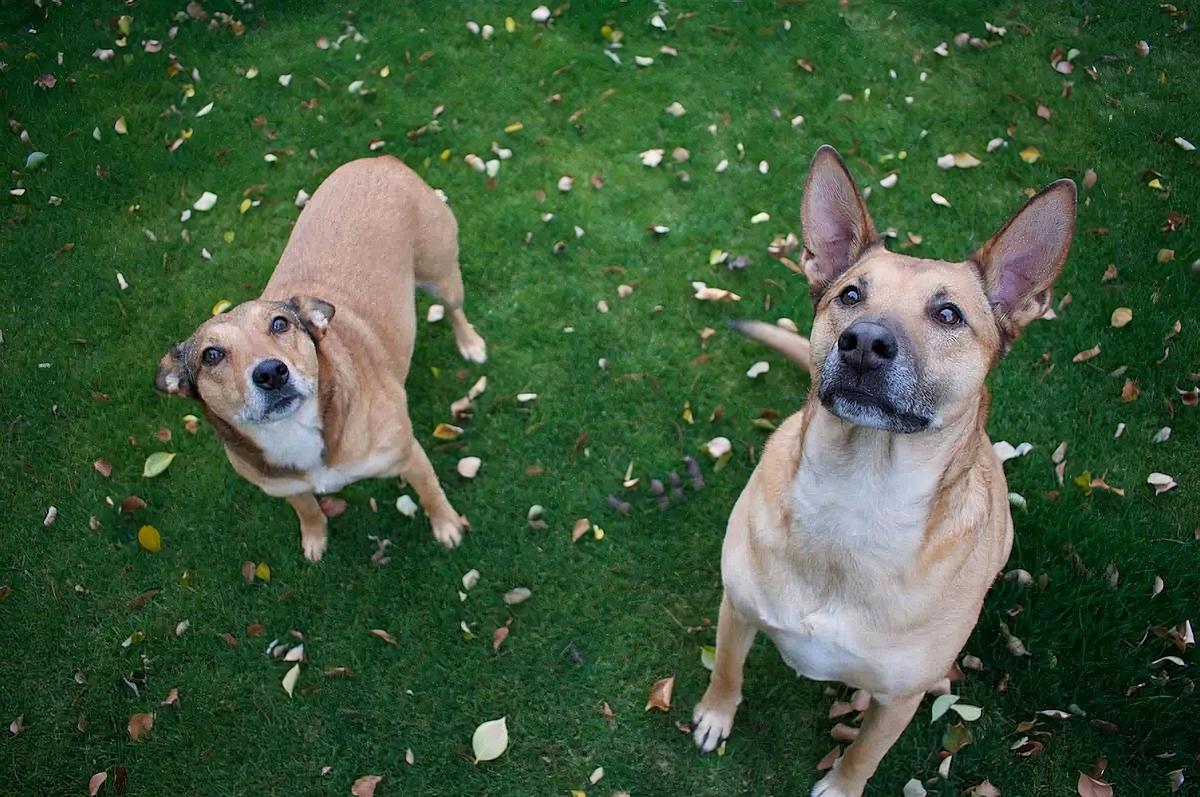
More regular rinsing in the drier months
Dogs can pee on artificial grass. A combination of antimicrobial infill, good drainage, and rainfall normally helps to keep the surface of artificial grass odor-free.
During the months when rainfall is low, hosing once a week or so can help remove pet pee from the surface—and its associated odors.
Use an enzyme-based cleaner and deodorizer
If your artificial grass smells of dog pee, clean it using an enzyme-based cleaner and deodorize afterward if the smell lingers. This will help to neutralize the dog pee odors, which can become troublesome in lower-quality installations, especially during the hot, dry months in Utah.
PE-51 is a natural enzyme-based product that is generally recommended for cleaning, deodorizing, and preventing fleas on pet turf.
PRO TIP: Got dogs or other pets? Make sure you install your turf with high-quality antimicrobial infill. Also, do NOT include a weed barrier as this will trap odors. Check out our article on how to take care of artificial grass with pets for more tips.
WHAT TOOLS DO YOU NEED TO MAINTAIN ARTIFICIAL TURF?
To maintain artificial grass, you won’t need a tool shed full of gardening equipment like mowers, shears, lawn trimmers, and spare canisters of lawnmower fuel.
However, you will need to find a place for a few essential items available from your local home improvement store. These are:
- A standard garden hose
- A lightweight plastic or bamboo rake with curved tines
- A stiff brush with plastic bristles (mechanical or otherwise)
- Leaf blower (optional)
- Hedge trimmer for overhanging foliage
- Household detergent
- PE-51 or another enzyme cleaner if you have dogs
- Vacuum cleaner (optional)
You can vacuum artificial grass but, before doing so, read this article to understand the pros and cons of vacuuming and how to prevent problems.
ARTIFICIAL GRASS MAINTENANCE: WHAT NOT TO DO
There are some no-nos with artificial grass if you want to protect the space from a few typical yard hazards. Here are the main things to avoid as homeowners with synthetic grass installed:
Don’t use metal gardening equipment on your turf
Never use brushes or rakes with metal bristles or tines as these can damage your lawn, ripping out the fibers. Instead, purchase a rubber or plastic rake that will clear leaves and debris just as effectively but without the risk of damage.
Don’t use undiluted bleach
If you need to clean a stain or spill from artificial grass, test a small area first if you’re using commercial cleaners—and don’t use undiluted bleach or other harsh chemicals. Most stains can be removed with a simple household detergent.
Avoid naked flames and reflected heat
Artificial grass can melt or burn unless you take care to avoid certain situations. Most importantly, naked flames, burning hot coals from barbecues, fireworks, cigarettes or firepits can burn the plastic.
More surprisingly, perhaps, reflected light from mirrors or highly reflective windows can heat the grass so much in hot weather that it starts to melt.
Fortunately, however, these issues are easily avoided with a few simple precautions and high-quality grass is less susceptible to this problem anyway.
Avoid sharp objects
This is a no-brainer—sharp objects and plastic fibers do not mix well and can damage your proudly landscaped backyard. Keep knives, scissors, and other blades away, as well as broken glass and other sharp metal implements.
FAQs
Do weeds grow in artificial grass?
Weeds can grow in the infill or by creeping up from below the artificial grass.
With professional, high-quality installations, the ground preparation and film backing of artificial turf discourage the growth of anything underneath it. However, determined weeds can pop up unless there is a weed barrier (not recommended if you have dogs or other pets).
Pulling stubborn weeds up by hand can damage your artificial grass. Instead, use a water-based herbicide or seek professional advice before you attempt weed-killing.
Most infill-based weeds can be safely pulled out by hand without damaging turf. Here are some more tips on how to treat weeds in artificial grass.
Do all artificial turf spaces need the same maintenance?
Some types of artificial grass areas require a little extra maintenance and attention. For instance, an artificial turf putting green for backyard golfers or a commercial sports field for athletes must be kept pristine and may require more regular inspections, cross-brushing, infill top-ups, and cleaning due to the extra wear and tear.
Can turf experience pest or insect problems?
Generally, artificial turf has far fewer problems with pests or insects because there’s nothing to attract them. However, a lack of artificial grass maintenance can lead to some issues. Here’s how to get rid of flies and fleas on artificial grass.
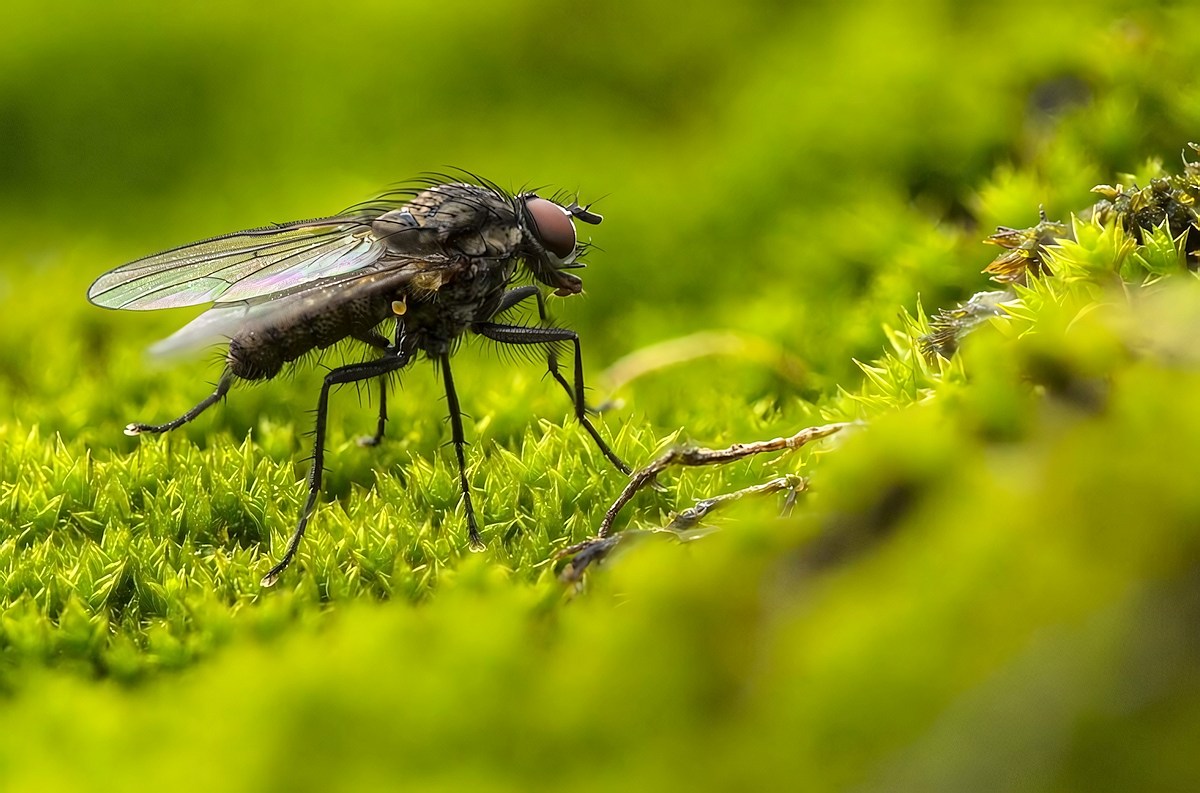
How long does artificial grass last?
The high-quality synthetic grass installed by Rocky Mountain Turf generally last 12-15 years even with medium traffic — and often up to 20 years or more with some basic maintenance.
How much does it cost to maintain artificial grass?
Artificial grass doesn’t completely remove maintenance costs for artificial grass but reduces them to a few hundred dollars per year (compared to thousands of dollars for many natural grass installations).
The maintenance costs associated with artificial turf are associated with cross-brushing, occasional rinsing, and infill replacement. Dogs may add to these costs with enzyme cleaners and deodorizers required.
Remember, artificial grass pays for itself after around five years and compares very favorably with the costs of real grass.
Can you repair damaged artificial grass?
Yes., minor rips and tears should be repaired by a professional ASAP. Broken seams are a tripping hazard and can develop into more serious damage that may lead to the turf needing replacement.
FREE UP TIME WITH ARTIFICIAL GRASS…
Artificial grass is highly cost-effective over its long life, saving lots of time and money on maintenance year after year compared with real grass—but it’s advisable to take a few steps to protect your investment and maintain it.
Be vigilant, clear debris, remove stains, cross-brush, and occasionally rinse down your turf area—and a few more steps for pet turf—and high-quality, professionally installed artificial grass can last 15-25 years.
The Rocky Mountain Turf team has been installing high-quality artificial turf since 2014. Contact us for a quote.







